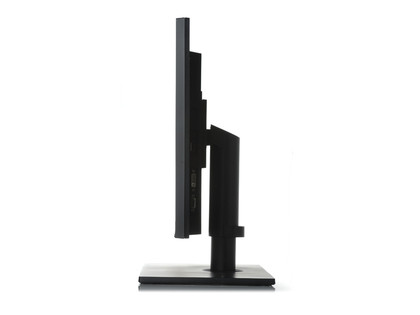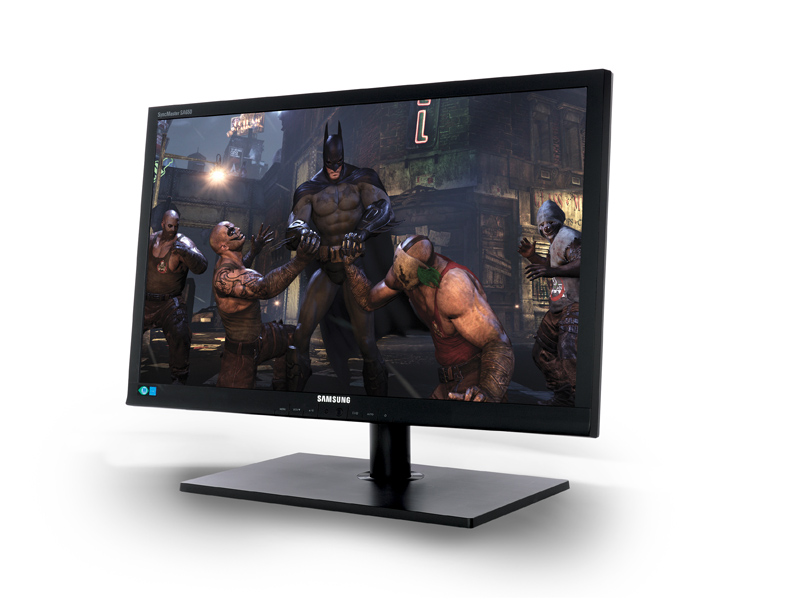TechRadar Verdict
Pros
- +
Great colours and contrast
- +
High resolution
- +
Viewing angles
- +
No anti-glare coating
Cons
- -
Response times could be better
- -
Some 'IPS glow' with darker tones
Why you can trust TechRadar
We have a habit of relentlessly banging the TN-vs-the-rest drum. But we do it because we care. Both about technology and your very fine elves. Sorry, selves.
Samsung's all-new S27A850D has us at something of a disadvantage. Many of its on-paper specs are thoroughly familiar. A 27-inch diagonal and 2,560 x 1,440 native resolution puts it firmly in the premium, high resolution camp.
Bung in a static contrast ratio of 1,000 to one and you might assume you're looking at yet another screen sporting LG's familiar 27-inch IPS panel. Yes, the same one used by Apple in its 27-inch iMac.
On the other hand, Samsung is one of the very small handful of outfits with the gumption to fabricate its own LCD panels. Manufacturing the substrates that form the basis of large, full-colour is a criminally complex and expensive process. Consequently, around five to six companies make nearly all the LCD substrates worldwide. And that in turn means that Samsung in not normally in the business of buying in panels.
Switch to PLS

What lies at the heart of the S27A850D is neither TN nor IPS, nor PVA technology. Instead, Samsung has come up with a new technology known as PLS or Plane to Line Switching. It's closest in concept to IPS.
Fire it up and initial impressions are of a cross between the better bits of IPS and PVA in a single panel. Exciting eh?
That means colours are richer and more saturated than you'll be used to with IPS. Black tones are also in deep and inky PVA territory and viewing angles are rather redolent of a good IPS screen.
The sparkly anti-glare coating that compromises IPS panels is absent too. In its place is a smooth, semi-gloss surface as seen in some PVA screens. Result.
If that makes the Samsung sound perfect, there are one or two slight snags. For starters, just a little of what we've come to know as 'IPS glow' is visible. It's a glowing sheen in darker tones that shifts across the screen as you change your viewing position. It's not overly evident here, but it does detract marginally for the movie and game playing experience.
The other area where Samsung's new PLS tech appears not to have moved the game on is pixel response. Pegged at 5ms in the spec list, the subjective experience is nothing special. A good TN panel remains tangibly quicker.
PLS is a welcome addition, then, but it's not quite the Holy Grail of panel tech.
Follow TechRadar Reviews on Twitter: http://twitter.com/techradarreview
Technology and cars. Increasingly the twain shall meet. Which is handy, because Jeremy (Twitter) is addicted to both. Long-time tech journalist, former editor of iCar magazine and incumbent car guru for T3 magazine, Jeremy reckons in-car technology is about to go thermonuclear. No, not exploding cars. That would be silly. And dangerous. But rather an explosive period of unprecedented innovation. Enjoy the ride.
